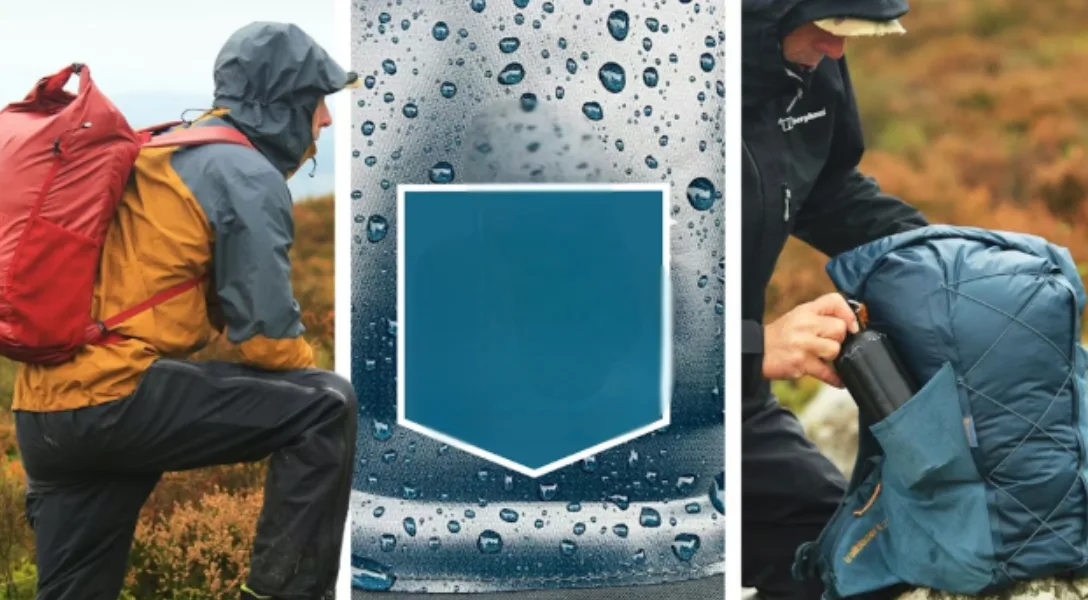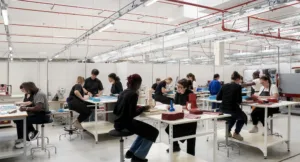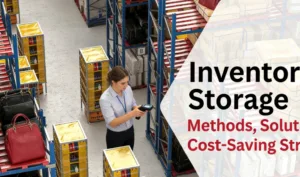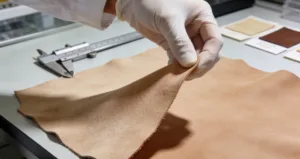In today’s highly competitive custom backpack market, waterproof performance, sustainability, and lightweight design have become three core priorities shared by both manufacturers and consumers. With the rise of outdoor activities, urban commuting, and growing environmental awareness, backpacks have evolved beyond simple storage tools into smart gear that combines high-performance materials with innovative craftsmanship. Whether it’s advanced waterproof technology to withstand harsh weather, eco-friendly materials that reduce environmental impact, or lightweight designs aimed at ultimate portability, every detail directly influences user experience and brand competitiveness.
This article will delve into these three key features, explore cutting-edge materials and manufacturing techniques, and share practical insights to help you make smarter choices in the custom backpack industry.
Contents
Waterproof Custom Backpack: Materials, Technologies, and My Insights
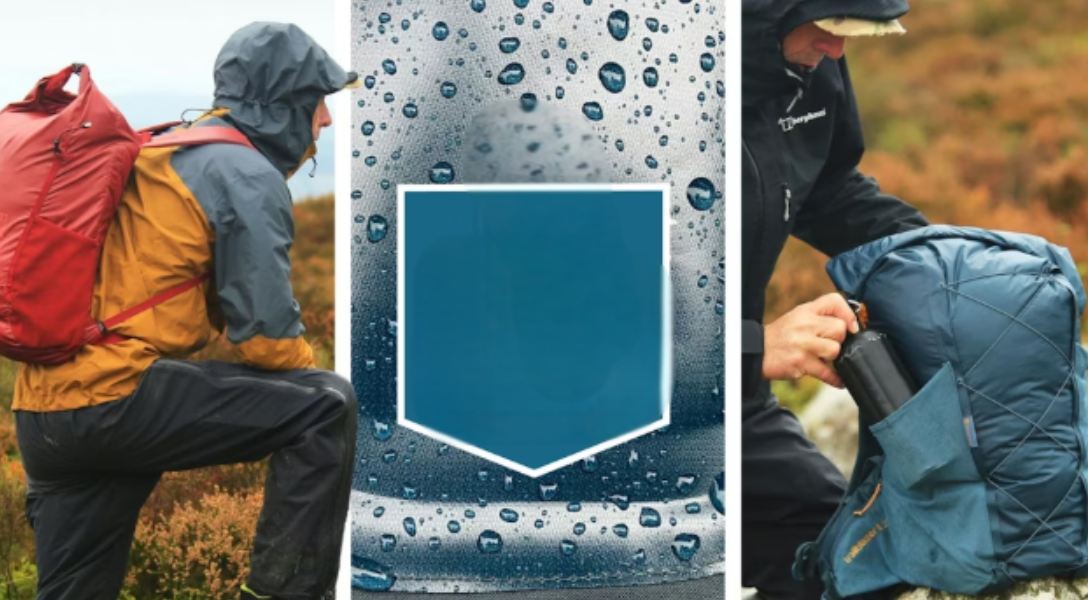
When making waterproof backpacks, manufacturers focus on two main things: great materials and special ways of putting them together. This helps make sure water stays out. Let me share what I think are the key choices and things to consider for this.
Key Waterproof Materials for Custom Backpacks
PVC (Polyvinyl Chloride): PVC offers excellent waterproof performance and durability, making it ideal for industrial or heavy-duty backpacks that need to withstand harsh conditions. However, its thick and heavy nature, along with limited flexibility, makes it less suitable for casual or everyday use where comfort and lightness are preferred.
TPU (Thermoplastic Polyurethane): TPU is known for being more sustainable, flexible, and lightweight than PVC, while still providing excellent waterproof protection. It comes in two types—polyether and polyester—each with its own strengths. However, TPU tends to be more expensive and less resistant to UV rays and high temperatures, making it less common in low-cost backpacks or those designed for extreme conditions.
Nylon and Polyester (often with waterproof coatings): These synthetic fibers are lightweight and durable, often combined with PU coatings to enhance waterproof performance. Nylon offers excellent strength and lightness, while polyester provides better UV resistance and color retention. Recycled materials like RPET are becoming increasingly popular for eco-friendly backpack production, but they tend to be more expensive and sometimes less durable.
X-Pac Fabrics: Dimension-Polyant’s X-Pac material uses multi-layer lamination technology, making it highly durable and waterproof with added reinforcement features. Variants like VX21 are chosen to balance strength and weight, tailored to specific performance needs.
Waterproofing Construction: My View on Technologies and Coating Methods
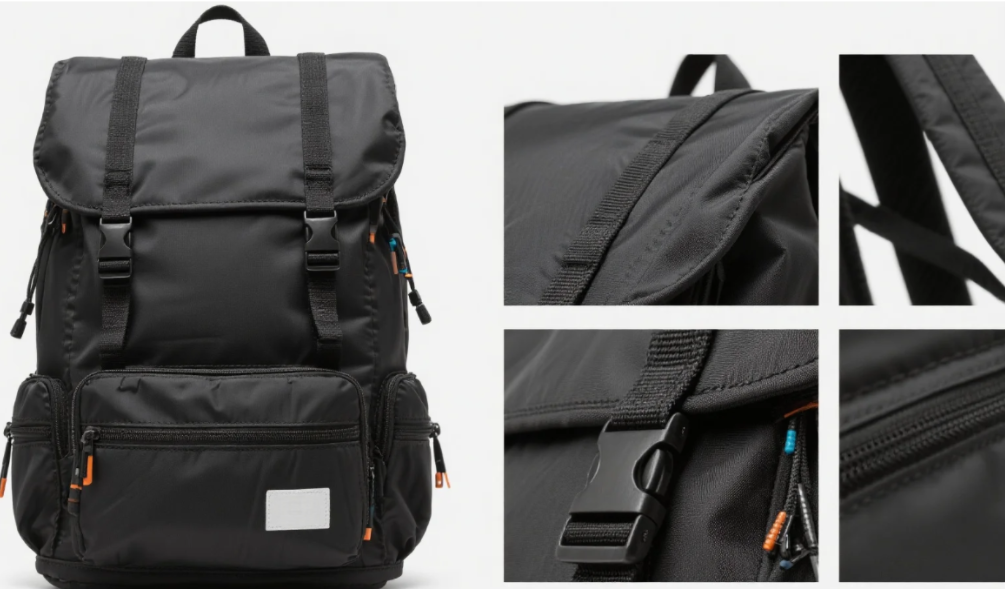
About waterproof construction in backpacks, several techniques and coatings play a vital role in ensuring protection and performance. PU (polyurethane) coatings are commonly applied to nylon or polyester fabrics, creating materials that are flexible, lightweight, and effectively water-resistant. This method is especially popular for everyday use or light outdoor backpacks due to its balance of comfort and functionality.
PVC coatings, on the other hand, add a dense, highly waterproof barrier to the fabric. While ideal for heavy-duty or harsh conditions, this coating increases both the weight and stiffness of the material—offering superior waterproofing at the expense of flexibility and comfort.
Seam welding represents a significant upgrade from traditional stitching. Using high-frequency or thermal bonding, materials are fused together, eliminating needle holes and making the seams completely waterproof. This technique not only strengthens the construction but is also a hallmark of high-quality waterproof backpack products.
Laminated constructions further enhance durability and water resistance. A two-layer laminate typically pairs a nylon outer with a polyurethane inner film, striking a balance between cost and performance, though it may be prone to internal wear. In contrast, a three-layer laminate includes an additional protective layer, greatly improving durability and waterproof performance, but at a higher manufacturing cost.
Lastly, polyurethane heat tape is often used to seal seams in double-layer constructions. It offers a simpler and more cost-effective waterproofing method, although it generally doesn’t match the strength and reliability of welded seams.
My Material Performance Comparison Table
| Material | Durability | Weight | Flexibility | Cost | UV Resistance | Waterproof Performance |
|---|---|---|---|---|---|---|
| PVC | High | High | Low | Low | Medium | Excellent |
| TPU | Medium-High | Low | High | High | Low | Excellent (except in heat/UV) |
| Nylon + PU | Medium | Low | High | Medium | Medium | Good |
| Polyester + PU | Medium | Low | High | Medium | High | Good |
| X-Pac (VX21) | High | Low | Medium | High | High | Excellent |
| Double-layer | Medium | Medium | Medium | Low | Low | Good |
| Triple-layer | High | High | Medium | High | High | Excellent |
Effective waterproof construction relies not only on high-performance materials like PVC, TPU, coated nylon/polyester, X-Pac, and RPET, but also on advanced techniques such as seam welding and lamination to ensure lasting protection, durability, and sustainability tailored to real-world use.
Backpacks Made Kind to Earth: Materials and Market News
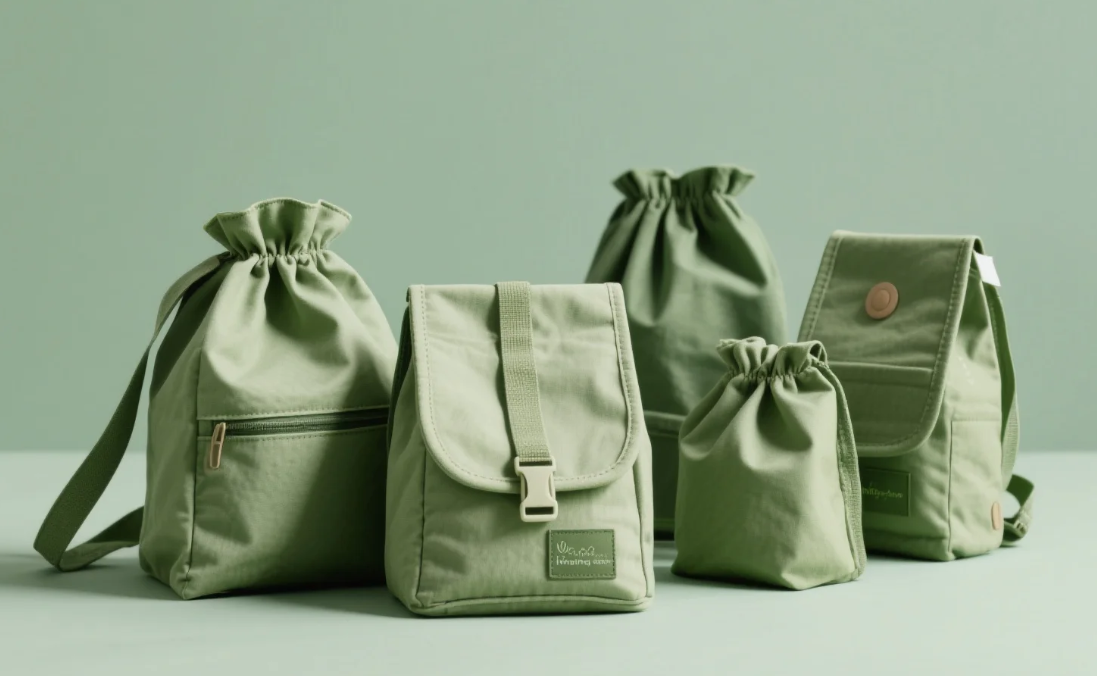
The market for backpacks kind to our planet is growing fast. I find this trend very encouraging. In 2023, its value was about US$ 2.2 billion. Experts expect strong future growth. They predict it could reach US$ 3.84 billion by 2031 (a 7.7% yearly growth rate). It might even go up to US$ 5.4 billion by 2034 (an 8.4% yearly growth rate). Some studies suggest US$ 5.1 billion by 2032, growing at 9.8% each year. This shows, in my opinion, that the industry feels very positive about this.
Backpack Materials That Are Good for Our Earth
Recycled PET (rPET): rPET is made from recycled plastic waste. It helps reduce new plastic use and fights pollution. Groups like the Ellen MacArthur Foundation support rPET for a circular economy. Many brands now use it to make eco-friendly, waterproof, and long-lasting backpacks.
Organic Fibers: Farmers grow these fibers with fewer chemicals than usual fibers. This makes them kinder to the environment. But, they still need a lot of water and land. So, we must manage these resources well.
Biodegradable Components: Brands are starting to use materials in custom backpacks that can break down. They want products to decompose with less trouble when people are done with them.
Eco-Friendly Construction Techniques for Custom Backpack Projects
In the journey toward creating eco-friendly backpacks, sustainable manufacturing techniques are just as important as material choices. Many manufacturers are now adopting greener processes to reduce environmental impact. For example, water-based coatings are replacing traditional solvent-based finishes, significantly cutting down harmful VOC emissions while maintaining waterproof performance. Digital printing technology is gaining popularity for its energy efficiency, lower water usage, and minimal waste compared to conventional printing. In cutting processes, laser cutting offers high precision and helps reduce material waste. Seam welding is also replacing traditional stitching—using heat or high-frequency bonding to eliminate needle holes, which improves waterproofing and extends product life. Additionally, modular design is becoming a trend, making it easier to repair or replace parts and prolong the backpack’s lifespan. These eco-conscious techniques allow us to produce high-quality, functional, and stylish backpacks with a reduced environmental footprint. For custom backpack clients looking to build a responsible brand, these methods offer a powerful opportunity to stand out while contributing to a more sustainable future.
What’s Next and Chances for Growth
Brands that truly care about being good for the earth have a good chance to succeed. This is because shoppers and governments are valuing how products affect our planet more and more. This focus creates great openings for dedicated companies. This area will continue to change. It will find a balance between using new materials, treating workers right, and making products that are truly kind to the earth. This balance is key. For companies that make custom backpacks, making choices that are good for the Earth. This is quickly becoming something they must do, not just a popular idea.
Lightweight: Materials, Construction, and My Key Insights
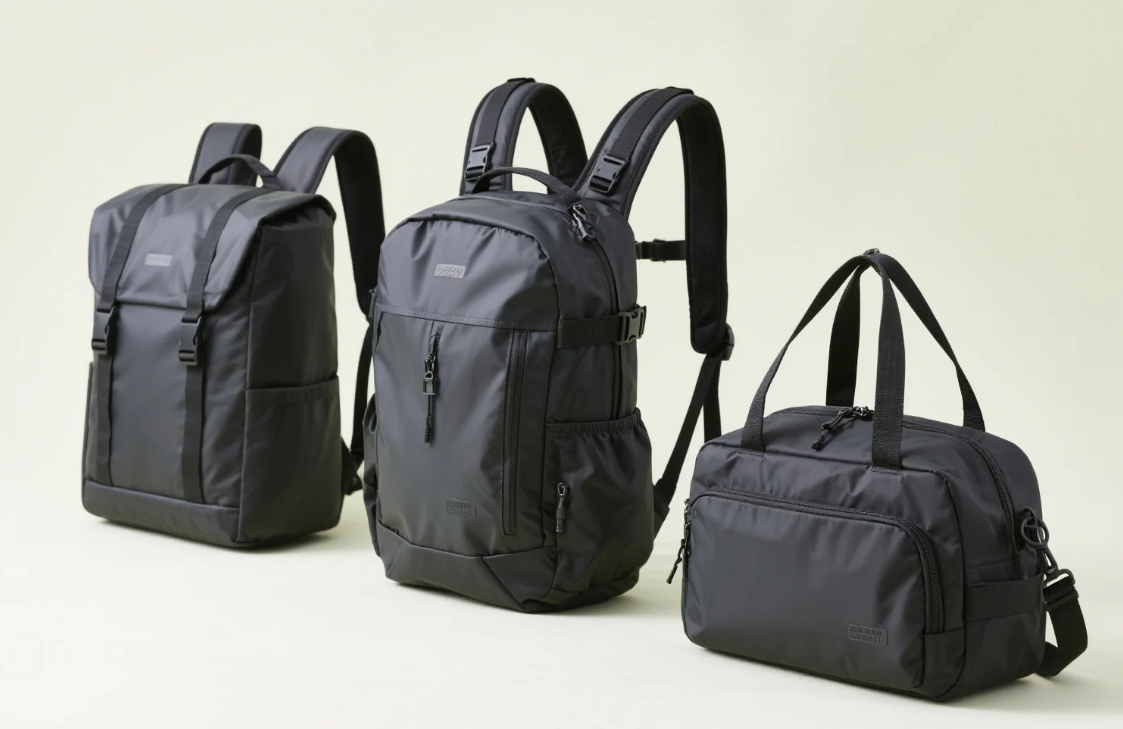
Building on the foundation of waterproofing and sustainability, lightweight design has become another crucial aspect of custom backpack craftsmanship. By carefully selecting materials and optimizing construction, manufacturers achieve weight reduction without compromising durability or user experience. Below are some key practices and trends in the industry regarding lightweight backpacks.
Ultralight Materials in Focus
Ripstop Nylon: Ripstop nylon is highly recommended for high-performance lightweight backpacks. This material features a special weave that adds toughness while keeping it very light. It is popular for hiking, camping, and technical packs. For example, top brands like Arc’teryx use advanced ripstop nylon. Their Alpha SL 30 model, planned for 2025, incorporates this material to reduce weight for demanding outdoor activities.
Microfiber: For making backpacks very light, microfiber is also highly regarded. It’s soft and packs down small, helping save those extra grams that minimalists truly appreciate.
Lightweight Nylon: Lightweight nylon is used more often than traditional pack cloth due to its excellent weight-saving properties. The downside, based on experience, is that it can wear out quicker. Therefore, it’s important to check where and how manufacturers reinforce it.
Lightweight Polyester & Recycled Options: When brands aim for sustainable and lightweight packs, polyester is often the material of choice. This fabric can have a higher thread count, adding strength without much weight. Many brands use recycled polyester made from PET bottles, allowing them to produce packs that are both eco-friendly and lightweight.
Design Choices That Reduce Weight
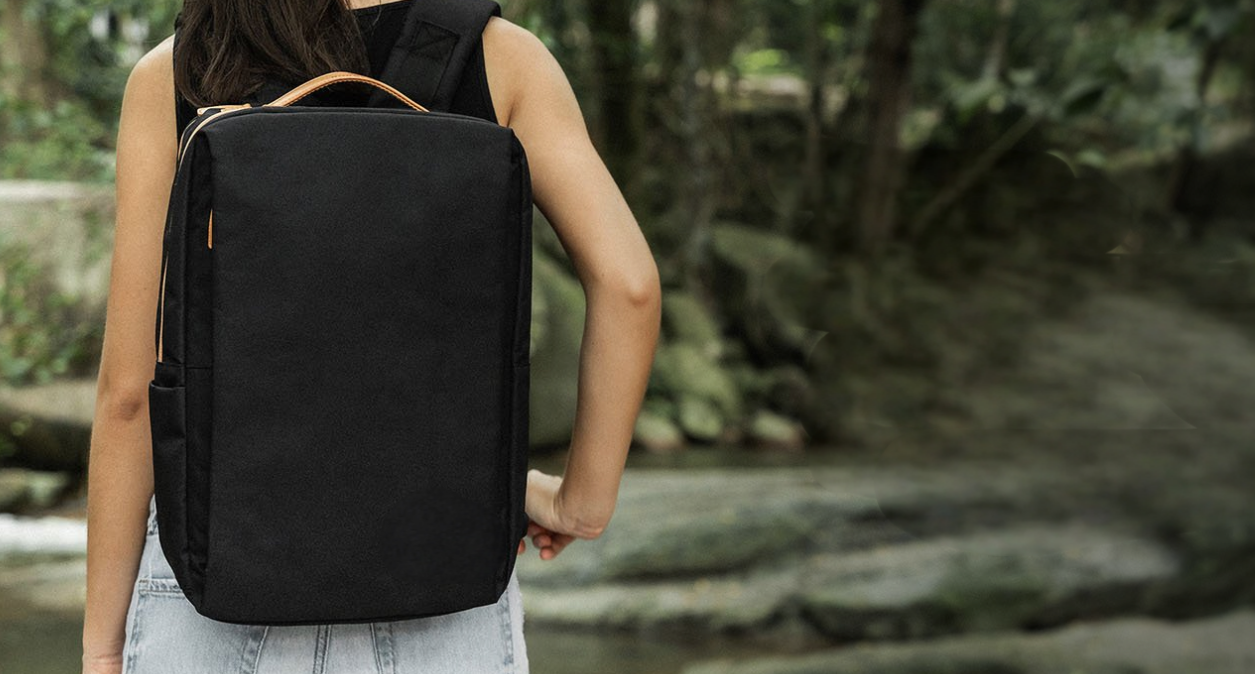
Lightweight design has become a key factor in enhancing the competitiveness of custom backpacks. To begin with, manufacturers are moving away from traditional framed structures and adopting frameless designs to reduce the base weight of backpack products. This frameless approach relies on durable synthetic fabrics and clever cutting techniques, achieving a balance between lightness and support. Such innovation allows backpacks to be significantly lighter without compromising their carrying capacity.
Building on this, the internal structure of these backpacks is also simplified. Lightweight backpacks typically use narrower webbing and smaller hardware components to minimize unnecessary material bulk. The design of straps and connection points focuses on practicality and weight reduction, avoiding the heaviness of traditional, bulky parts and further lowering the overall weight.
To ensure that reducing weight does not come at the cost of durability, backpack manufacturers apply targeted reinforcements at key stress points. These reinforced areas use thicker or higher-strength fabrics combined with additional stitching to enhance overall backpack strength. This method guarantees load-bearing capability while preventing the entire pack from becoming too heavy.
Meanwhile, the introduction of ripstop fabrics greatly improves material durability. Advanced weaving techniques allow fabrics to remain thin yet withstand harsh outdoor conditions. Manufacturers conduct rigorous bending, stretching, and environmental tests to ensure that lightweight backpack products perform well under various conditions.
In summary, the craftsmanship behind lightweight custom backpacks involves multi-layered innovation. From structural simplification and material selection to localized reinforcement, these steps progressively create a perfect balance between weight reduction and durability. For outdoor enthusiasts seeking both portability and reliability, such design concepts significantly enhance user experience and brand appeal.
Conclusion
From breakthroughs in waterproof technology to innovations in eco-friendly materials and advances in lightweight design, the custom backpack industry is evolving at an astonishing pace. Whether outdoor adventurers, urban commuters, or sustainability advocates, everyone can find products that meet their unique needs within these innovations. Looking ahead, with further developments in material science and manufacturing technology, we can expect more backpack solutions that balance performance, sustainability, and user experience. For brands, mastering these three core features is not only essential to meet market demands but also key to building a differentiated competitive advantage. Hopefully, this article provides valuable insights to support your decisions and designs, helping push the industry toward a smarter, greener future.
If you’re planning to develop or upgrade custom backpack products, feel free to reach out to learn more about cutting-edge technologies and material solutions that can help your brand stand out in today’s competitive market.

